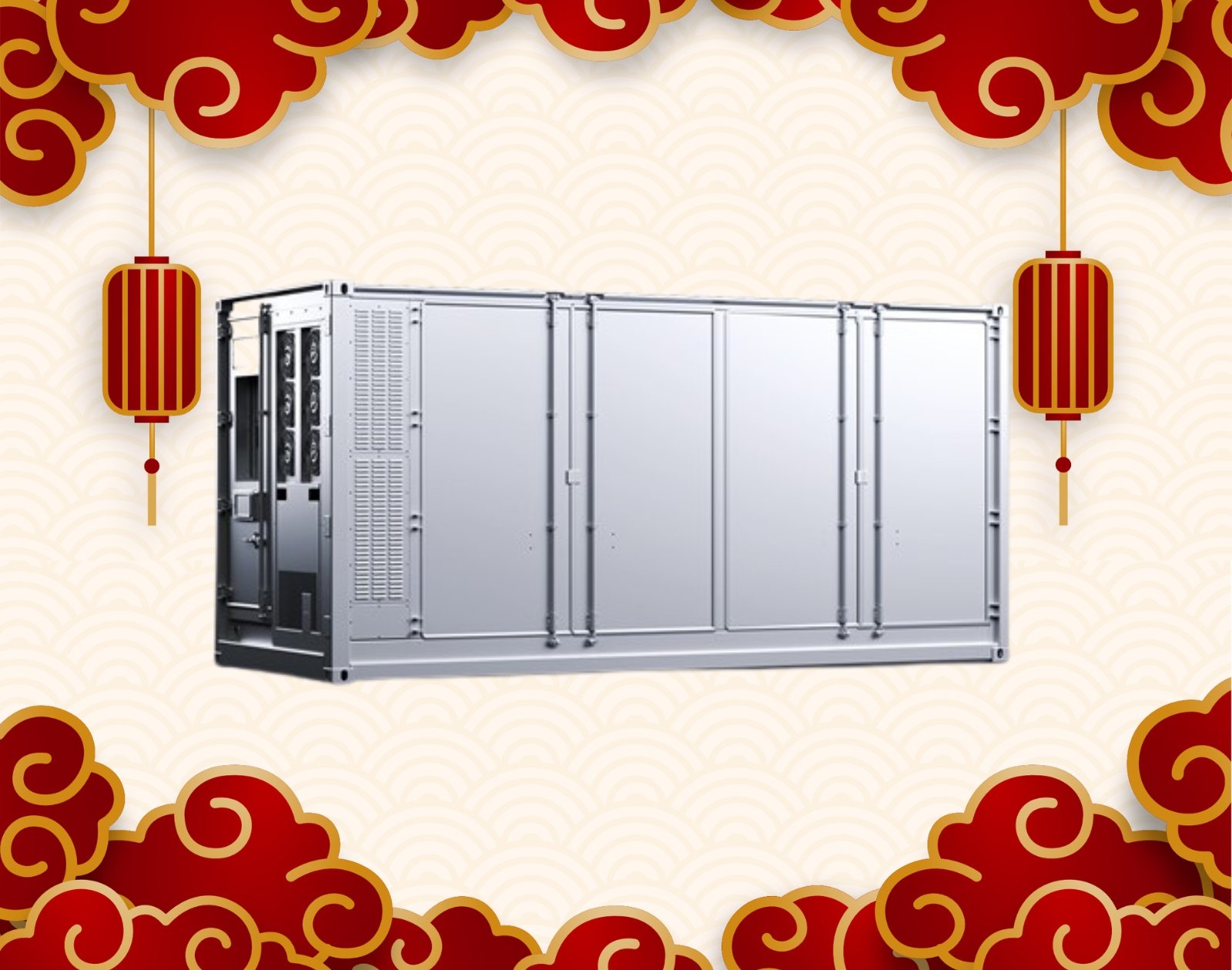Our Ultimate Handbook to Selecting a Dependable Vehicle or Motorcycle Power Source
Picking the best battery for your automobile or motorbike is essential for ensuring reliable performance and longevity. With a multitude of options available on the market, it can often feel daunting to navigate the choices. Understanding the particular requirements for your car, including the manufacturer, model, and the category of battery technology that best suits your needs, can be pivotal in achieving optimal performance.
A reliable battery not only energizes your car but also adds to a smooth driving experience. Whether you are aiming to enhance your motorcycle's starting capability or ensure your car remains dependable during harsh weather conditions, knowing how to pick the best battery is required. In yuasa battery , we will explore key factors to consider when selecting a battery, guiding you make an wise decision that will maintain your car running smoothly for a long time.
Types of Batteries
As you choosing a battery for your car or motorcycle, it's essential to be aware of the different types accessible on the market. The typical types are lead-acid batteries, AGM batteries, and lithium-ion batteries. Lead acid batteries are classical and commonly used due to their cost-effectiveness and reliability. They come in a pair of primary designs: flooded and maintenance-free. Flooded lead-acid batteries need regular maintenance, while maintenance free versions are hermetically sealed and do not need adding water.
Absorbed glass mat batteries are a more advanced option, providing improved performance and robustness. They are designed to manage deep cycling, making them makes ideal for vehicles with elevated power demands or those that use extras like audio systems. AGM batteries are also spill-proof and can be installed in various positions, providing more flexibility in installation. Although they usually come at a increased price, their lifespan and efficiency make them a worthy investment.
Lithium-ion batteries are gaining fame for their lightweight design and superior energy density. They charge rapidly and deliver consistent power, making them an excellent choice for performance-oriented motorcycles and electric vehicles. Nonetheless, lithium-ion batteries can be quite costly compared to traditional options. It's crucial to evaluate your needs and the vehicle's specifications to select the most suitable type that aligns with your performance expectations and budget.
Aspects to Think About
When choosing a battery for your car or motorcycle, one of the most key factors to consider is the battery type. There are several types, including lead-acid, AGM and lithium ion batteries. Each type has its own pros and disadvantages, such as durability, heft, and cost. Understanding these differences will help you choose a battery that suits your needs, whether you prefer operational capability, lasting power, or cost-effectiveness.
Another important factor to consider is the cold cranking amps (CCA) rating. This indicator indicates how well a battery can ignite an engine in cold temperatures. A greater CCA value is advantageous in colder conditions, ensuring your vehicle ignites reliably, even in harsh conditions. Always verify the manufacturer's recommendations for the suggested CCA for your specific car, as this can vary significantly based on motor size and type.
Finally, think about the battery's warranty and manufacturer reputation. A good warranty reflects the manufacturer's confidence in their product and can provide security. Additionally, choosing a reputable brand that has good reviews can ensure that you are getting a reliable battery. Spending time in investigating both warranty details and manufacturer reliability can prevent you from potential issues down the track.
Automotive Battery Upkeep Advice
To maintain the longevity and performance of your car or motorcycle battery, regular maintenance is essential. Start by keeping the battery connections clean and corrosion-free. Use a mixture of bicarbonate of soda and distilled water to neutralize any corrosion, and a wire brush to gently scrub the connections. After cleaning, make sure that the connections are tight and stable to maintain optimal electrical flow.

Checking the fluid levels is another important factor of battery maintenance, especially for lead-acid batteries. Open the battery caps and check the levels of electrolyte; they should be higher than the plates but below the fill line. If levels are low, add more with demineralized water, making sure not to overfill the limit. Frequent checks will help avoid sulfation and extend the battery's lifespan.
Lastly, if you plan to leave unused your vehicle for an prolonged period, consider disconnecting the battery or employing a battery maintainer. This approach stops discharge and keeps the battery in optimal condition. Additionally, make it a habit to perform regular voltage checks with a voltage tester to verify your battery is working well.